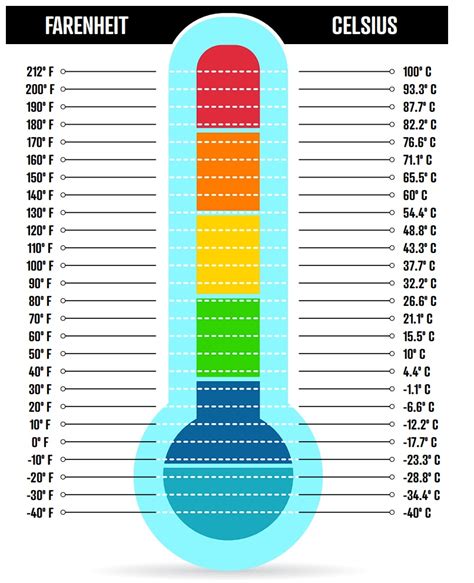13 Feet: The Easy Inch Conversion

The metric system, with its precision and simplicity, has long been the preferred choice for many industries and scientific fields. However, for those working in traditional units, converting between inches and feet can sometimes be a daunting task, especially when precision is required. This article aims to demystify the conversion process, making it an easy and accessible task for all.
The 13-Foot Standard
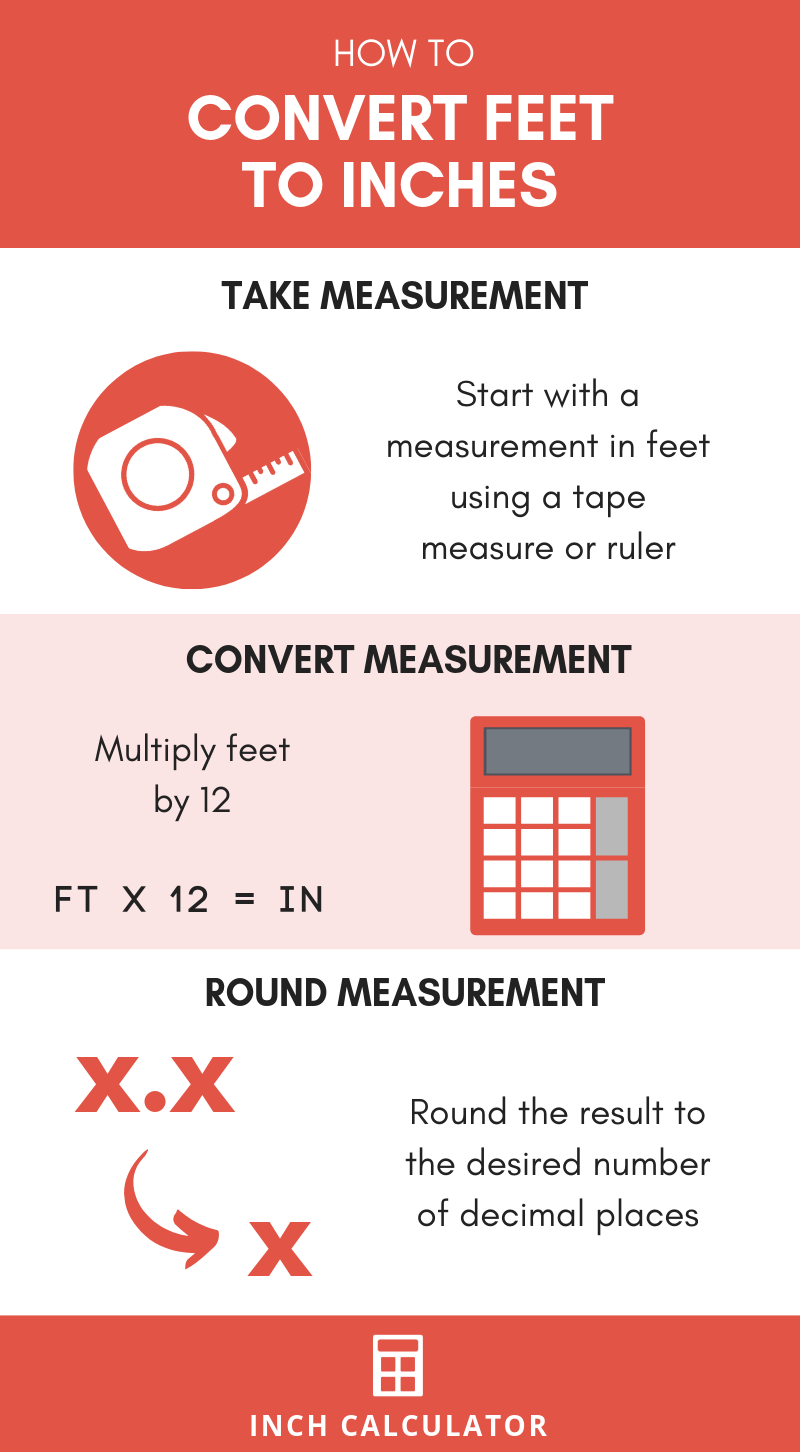
In the world of measurements, the foot stands as a fundamental unit, often used in construction, architecture, and everyday life. The foot, as we know it today, is defined as exactly 0.3048 meters, a precise measurement established by international agreement. This standard ensures consistency and accuracy across various fields.
When we talk about 13 feet, we're referring to a specific length that has practical applications in various contexts. Whether it's the height of a basketball hoop, the width of a stage, or the depth of a swimming pool, understanding the exact conversion of 13 feet to inches is essential for accurate planning and measurements.
The Inch-Foot Relationship
The inch, a smaller unit of length, is often used alongside the foot in traditional measurement systems. One foot is equivalent to 12 inches, a relationship that simplifies many calculations and measurements. This simple rule of thumb is a fundamental concept for those working with imperial units.
To convert 13 feet into inches, we simply multiply the number of feet by 12. In this case, 13 feet is equal to 13 x 12 inches, which equals 156 inches. This conversion is straightforward and doesn't require any complex calculations. It's a quick and easy process that anyone can master with a basic understanding of the relationship between feet and inches.
Practical Applications
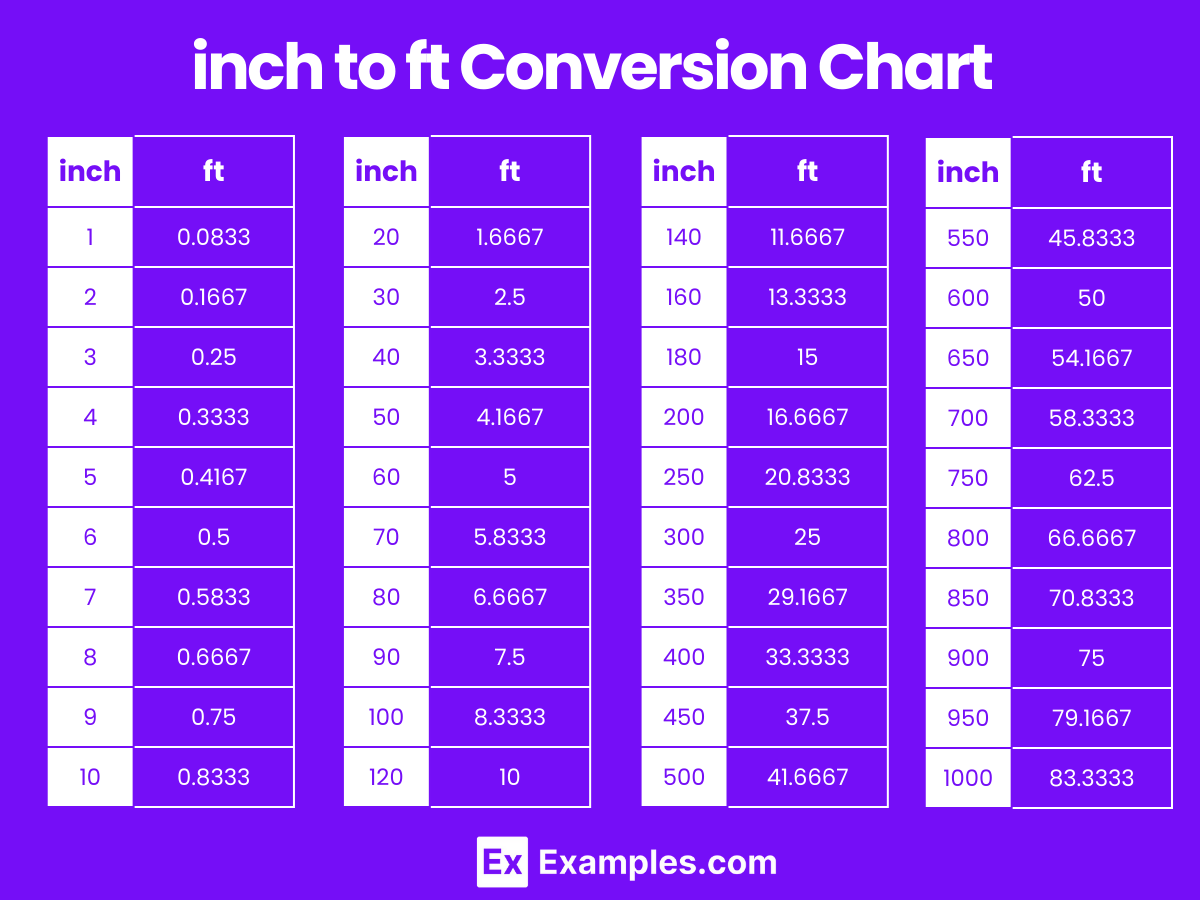
The conversion of 13 feet to inches has numerous practical applications across various industries and everyday life. Here are some specific examples:
Construction and Engineering
In the construction industry, precise measurements are crucial for ensuring structural integrity and safety. Whether it's measuring the length of a beam, the width of a room, or the depth of a foundation, understanding the conversion between feet and inches is essential. For instance, when specifying the height of a ceiling, knowing that 13 feet is equivalent to 156 inches allows for accurate planning and execution.
Sports and Athletics
Sports often involve precise measurements, especially in facilities and equipment. For example, in basketball, the standard height for a hoop is 10 feet. Converting this to inches, we get 120 inches. Knowing the conversion for 13 feet (156 inches) could be crucial when designing practice facilities or setting up temporary courts.
Interior Design and Decor
Interior designers and decorators often work with precise measurements to ensure that furniture, fixtures, and decor fit perfectly within a space. Understanding the conversion between feet and inches is vital for creating harmonious and functional designs. For instance, when specifying the length of a custom-made sofa or the height of a pendant light, knowing the exact conversion of 13 feet to inches ensures a perfect fit.
Outdoor Activities and Landscaping
When planning outdoor activities or designing landscapes, precise measurements are essential. Whether it's setting up a tent, installing a fence, or designing a garden, knowing the conversion between feet and inches is crucial. For example, when specifying the height of a privacy fence, understanding that 13 feet is equivalent to 156 inches ensures that the fence meets the desired height requirements.
| Context | Measurement | Conversion |
|---|---|---|
| Construction Height | 13 ft | 156 in |
| Sports Facility | 13 ft (Goal/Net Height) | 156 in |
| Interior Design | 13 ft (Ceiling Height) | 156 in |
| Landscaping | 13 ft (Tree Height) | 156 in |
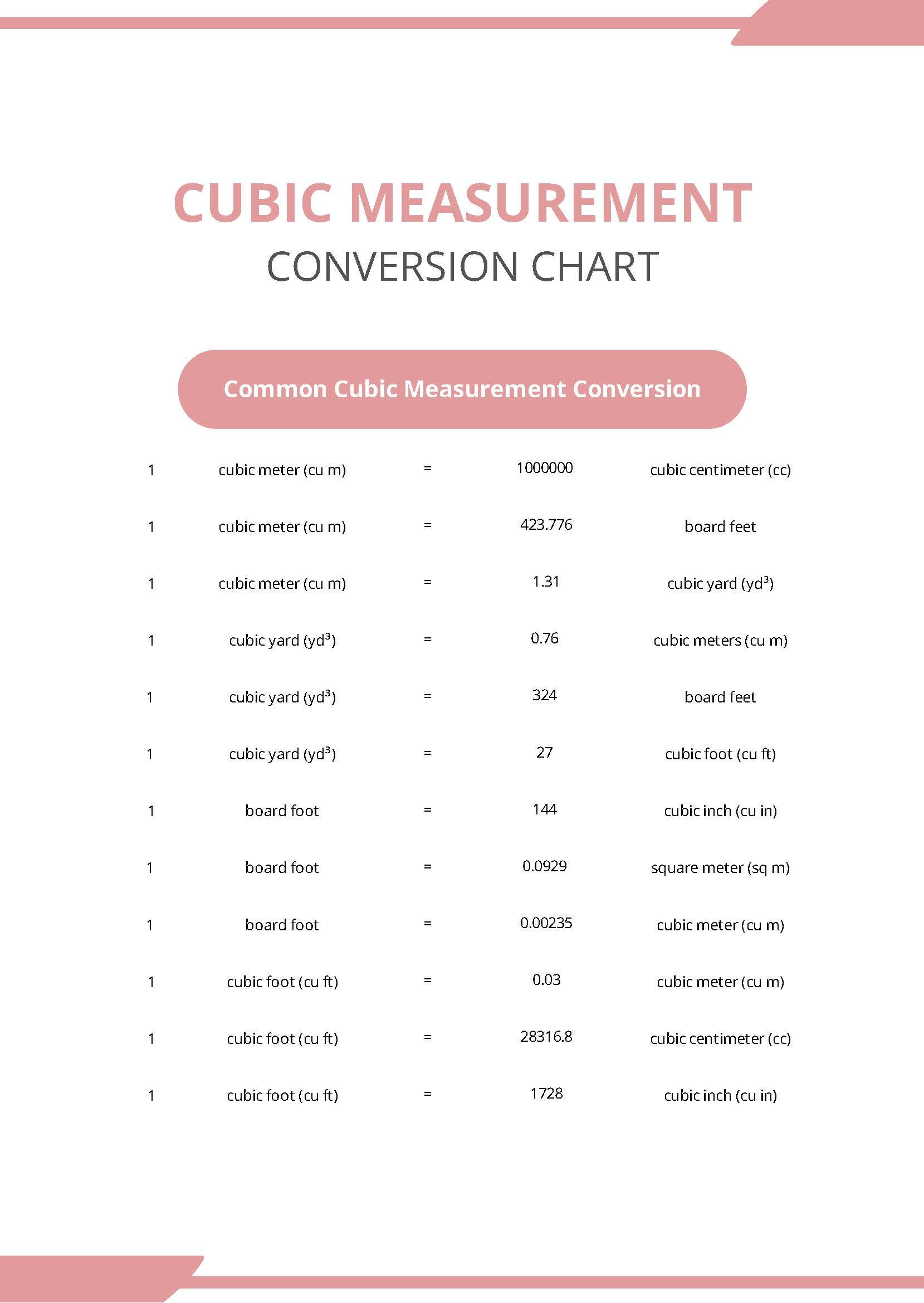
Common Conversions for Easy Reference
Here's a quick reference guide for some common conversions from feet to inches, including 13 feet:
| Feet | Inches |
|---|---|
| 1 ft | 12 in |
| 2 ft | 24 in |
| 3 ft | 36 in |
| 4 ft | 48 in |
| 5 ft | 60 in |
| 6 ft | 72 in |
| 7 ft | 84 in |
| 8 ft | 96 in |
| 9 ft | 108 in |
| 10 ft | 120 in |
| 11 ft | 132 in |
| 12 ft | 144 in |
| 13 ft | 156 in |
| 14 ft | 168 in |
| 15 ft | 180 in |
Conclusion: Precision and Simplicity
The conversion of 13 feet to inches is a simple process, requiring only a basic understanding of the relationship between these units. This knowledge is invaluable for professionals and individuals alike, ensuring accuracy and precision in various fields and everyday tasks. By mastering this conversion, we can approach measurements with confidence and ease, making it a valuable skill to have in our toolkit.
Frequently Asked Questions
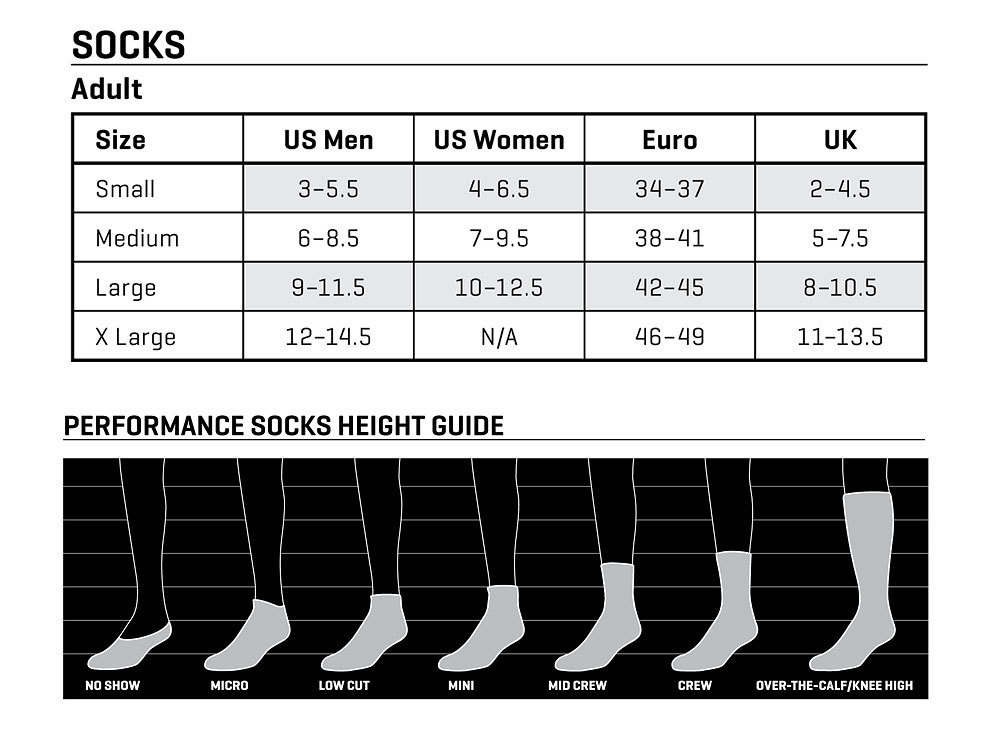
What is the exact conversion of 13 feet to inches?
+The exact conversion of 13 feet to inches is 156 inches. This conversion is straightforward and doesn’t require any complex calculations. It’s simply a matter of multiplying the number of feet by 12, which is the number of inches in one foot.
Why is understanding the conversion between feet and inches important?
+Understanding the conversion between feet and inches is crucial for accurate measurements and planning in various industries and everyday life. It ensures precision and consistency, especially in fields like construction, sports, interior design, and landscaping, where precise measurements are essential.
Are there any other common conversions I should know for easy reference?
+Yes, knowing common conversions from feet to inches is beneficial for quick calculations. Here are a few more conversions for easy reference: 5 feet (60 inches), 8 feet (96 inches), and 10 feet (120 inches). These conversions are commonly used in various contexts and can be memorized for faster measurements.
How can I remember the conversion between feet and inches more easily?
+A simple trick to remember the conversion is to associate it with a familiar object. For instance, imagine a standard 12-inch ruler as a visual representation of one foot. This mental image can help you quickly recall the conversion and make it easier to apply in various situations.



